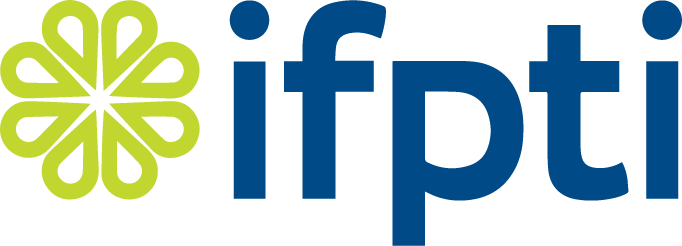IFSS Human and Animal Food Laboratory
Entry (Program Specific)
Microbiology
Content Area: Basic Foodborne Pathogens
Description: Broad knowledge of human and animal foodborne pathogens and the food safety system.
Topic Areas:
-
Description: The laboratory’s role within the legal framework that ensures the safety of the food supply.
Terminal Competency:
Describe the laboratory’s role in the food safety regulatory framework.
Enabling Competencies:
1. Recognize regulatory authorities.
2. Recognize action levels for certain organisms.
3. Discuss the impact of erroneous laboratory results.
To see a set of behavioral anchors, which provide further detail about the enabling competencies and can be used for assessment against the enabling competencies, contact IFPTI.
-
Description: The collaboration between public health partners in sharing laboratory findings.
Terminal Competency:
Summarize the importance of data sharing.
Enabling Competencies:
1. Recognize food laboratory networks.
2. Explain the importance of accurate raw data in an analytical worksheet.
To see a set of behavioral anchors, which provide further detail about the enabling competencies and can be used for assessment against the enabling competencies, contact IFPTI.
-
Description: Methods used to detect pathogens.
Terminal Competency:
Discuss validated methods used in detecting pathogens.
Enabling Competencies:
1. Recognize the purpose of rapid detection technologies.
2. List the methods used for pathogen detection.
3. Describe challenges in analytical testing.
4. Discuss the difference between screening and confirmatory methods.
5. Discuss subtyping methods for outbreak detection.
6. Define how competitor organisms affect analysis.
To see a set of behavioral anchors, which provide further detail about the enabling competencies and can be used for assessment against the enabling competencies, contact IFPTI.
-
Description: The traits of microorganisms that may cause foodborne illness.
Terminal Competency:
Discuss foodborne pathogens.
Enabling Competencies:
1. Describe foodborne pathogens.
2. Describe the mode of infection for foodborne pathogens.
3. Recognize the importance of emerging foodborne pathogens.
To see a set of behavioral anchors, which provide further detail about the enabling competencies and can be used for assessment against the enabling competencies, contact IFPTI.
-
Description: The link between foods and disease-causing organisms.
Terminal Competency:
Describe the relationship between pathogens and food.
Enabling Competencies:
1. Explain how foods become contaminated.
2. Describe food characteristics that affect bacterial growth.
3. Recognize how epidemiology is used to detect outbreaks.
4. Describe the symptoms caused by foodborne pathogens.
To see a set of behavioral anchors, which provide further detail about the enabling competencies and can be used for assessment against the enabling competencies, contact IFPTI.
Learning Resources:
Coming Soon
Assessments:
Coming soon
